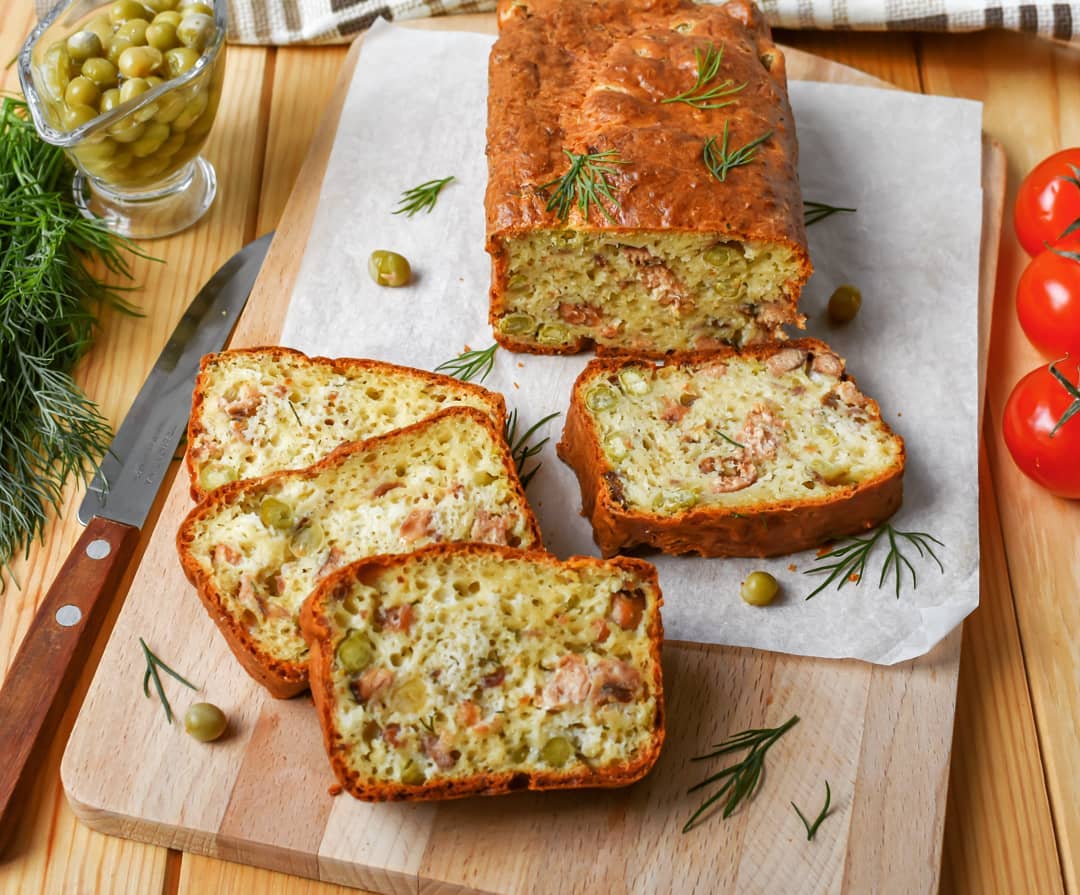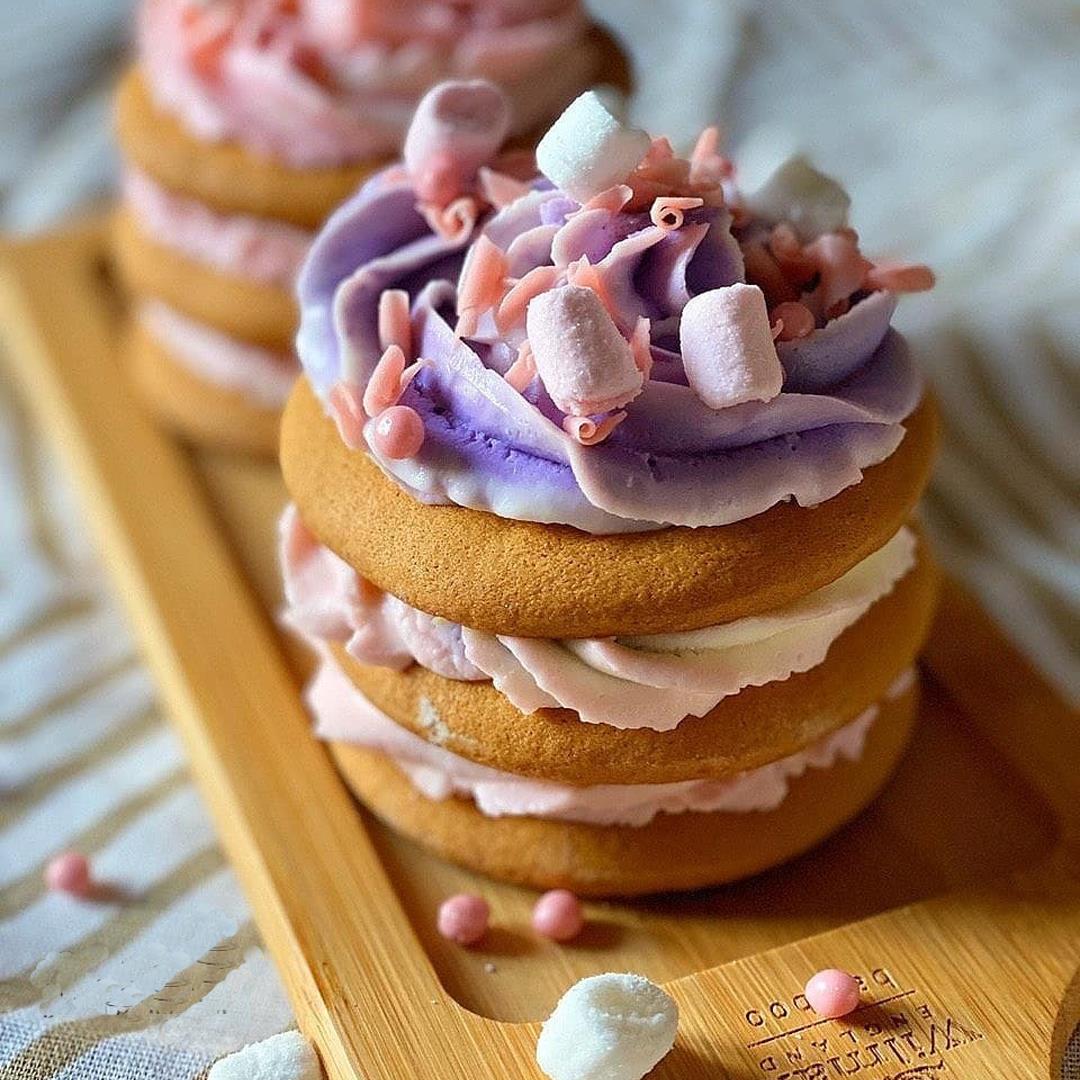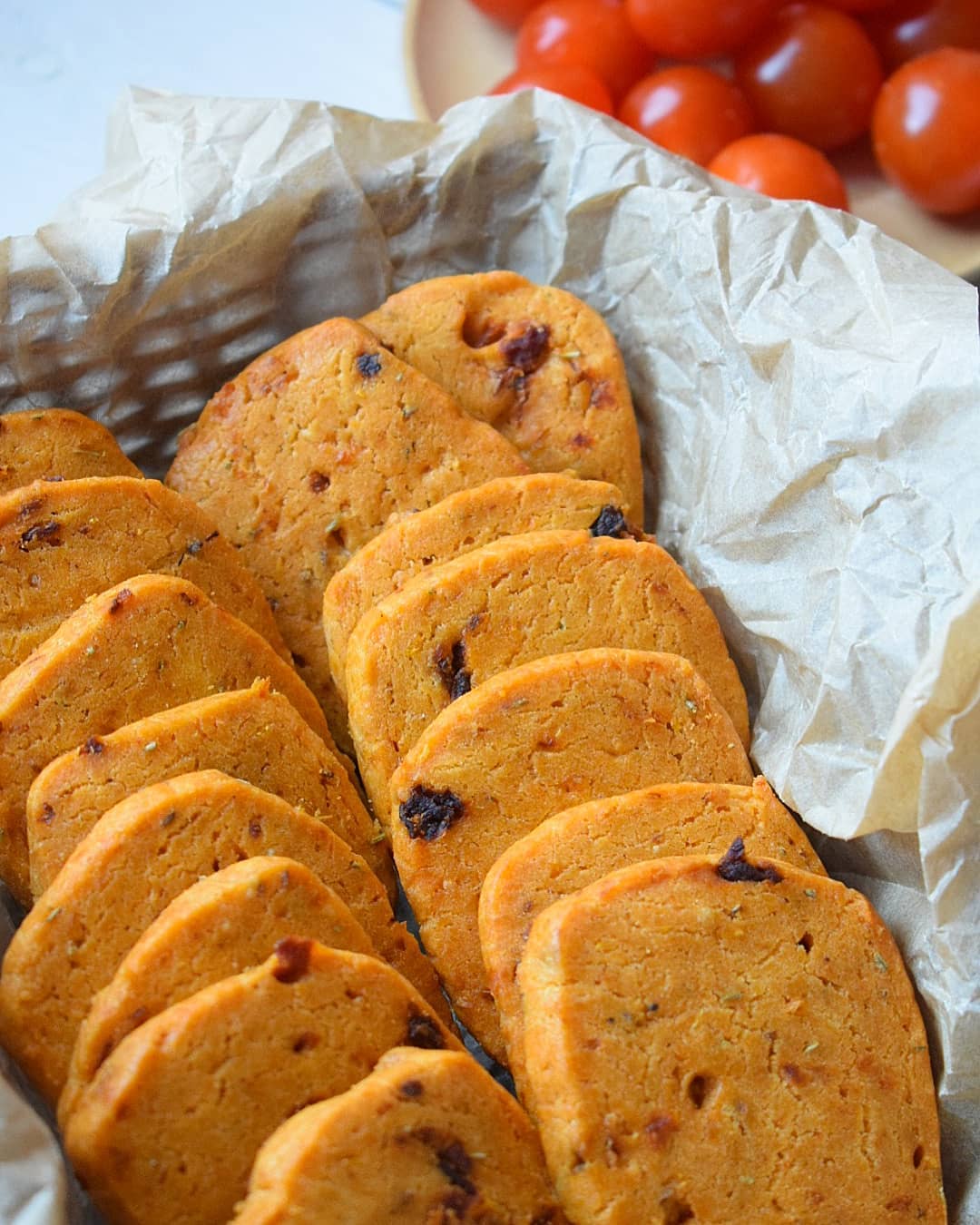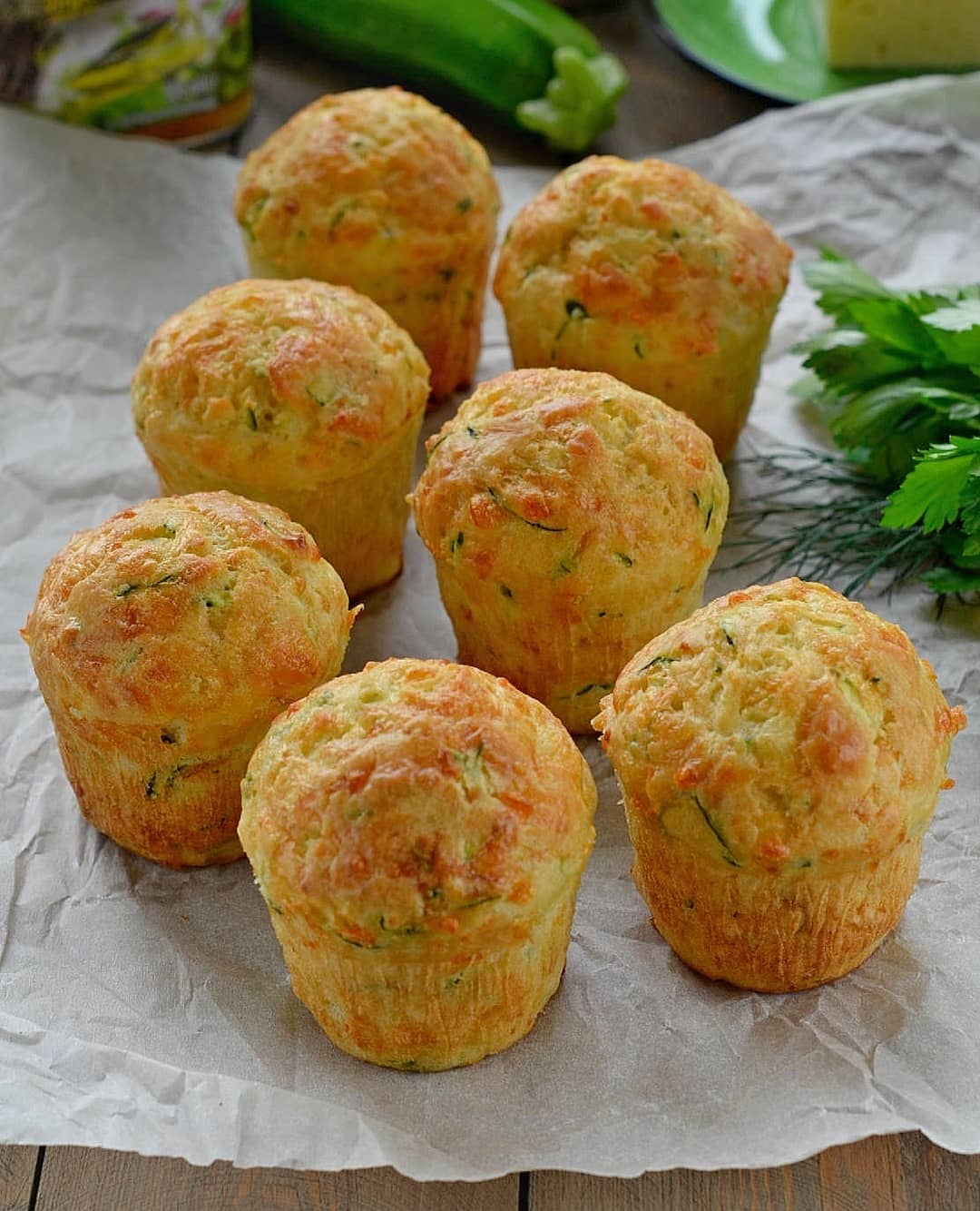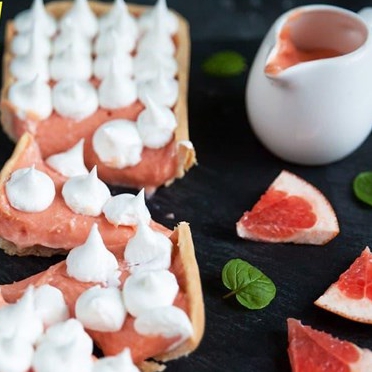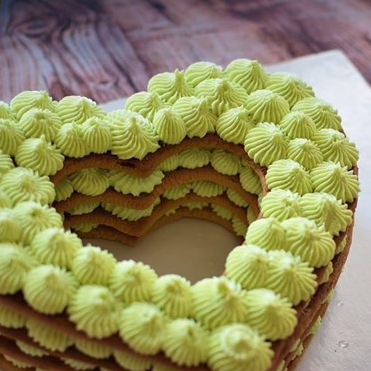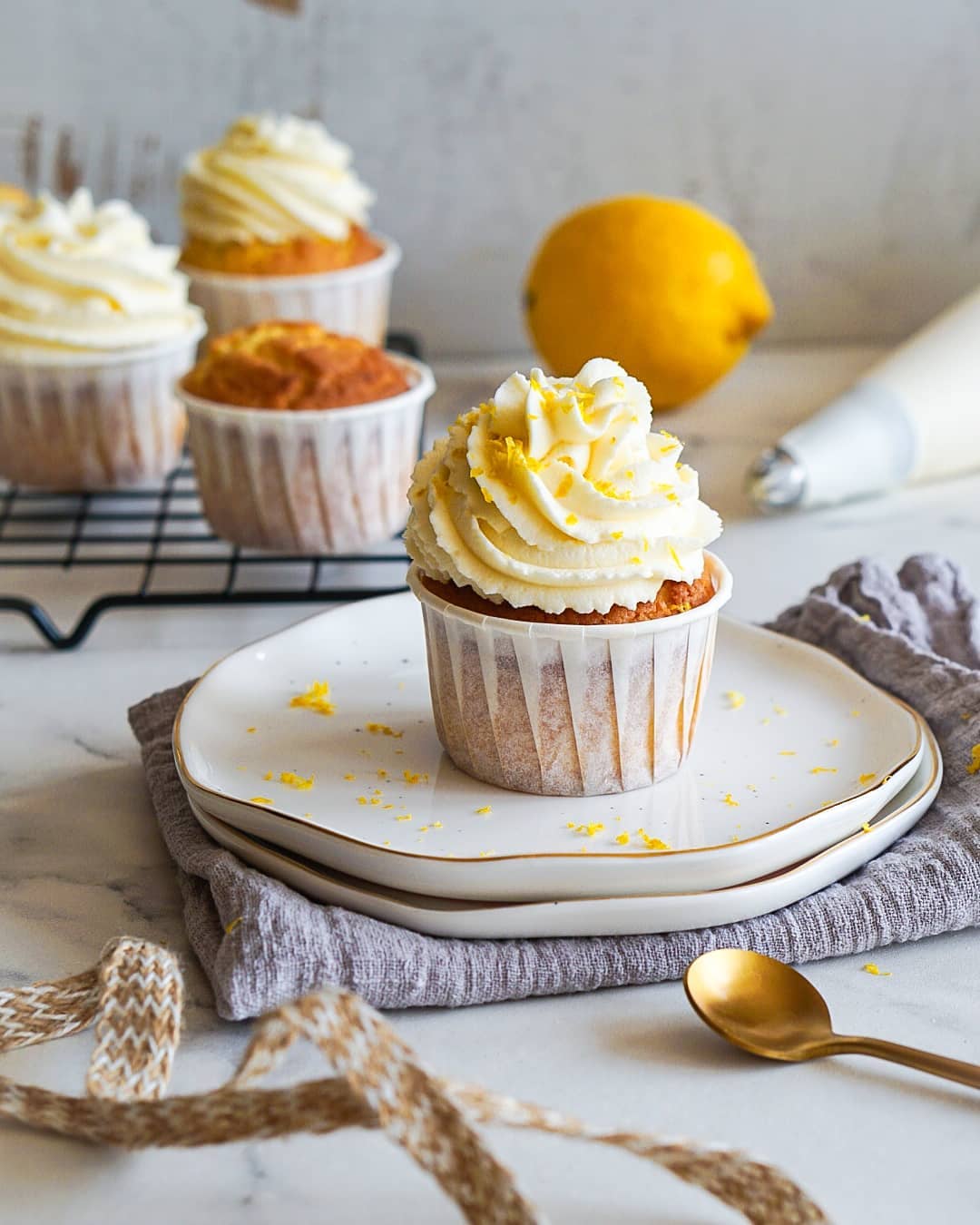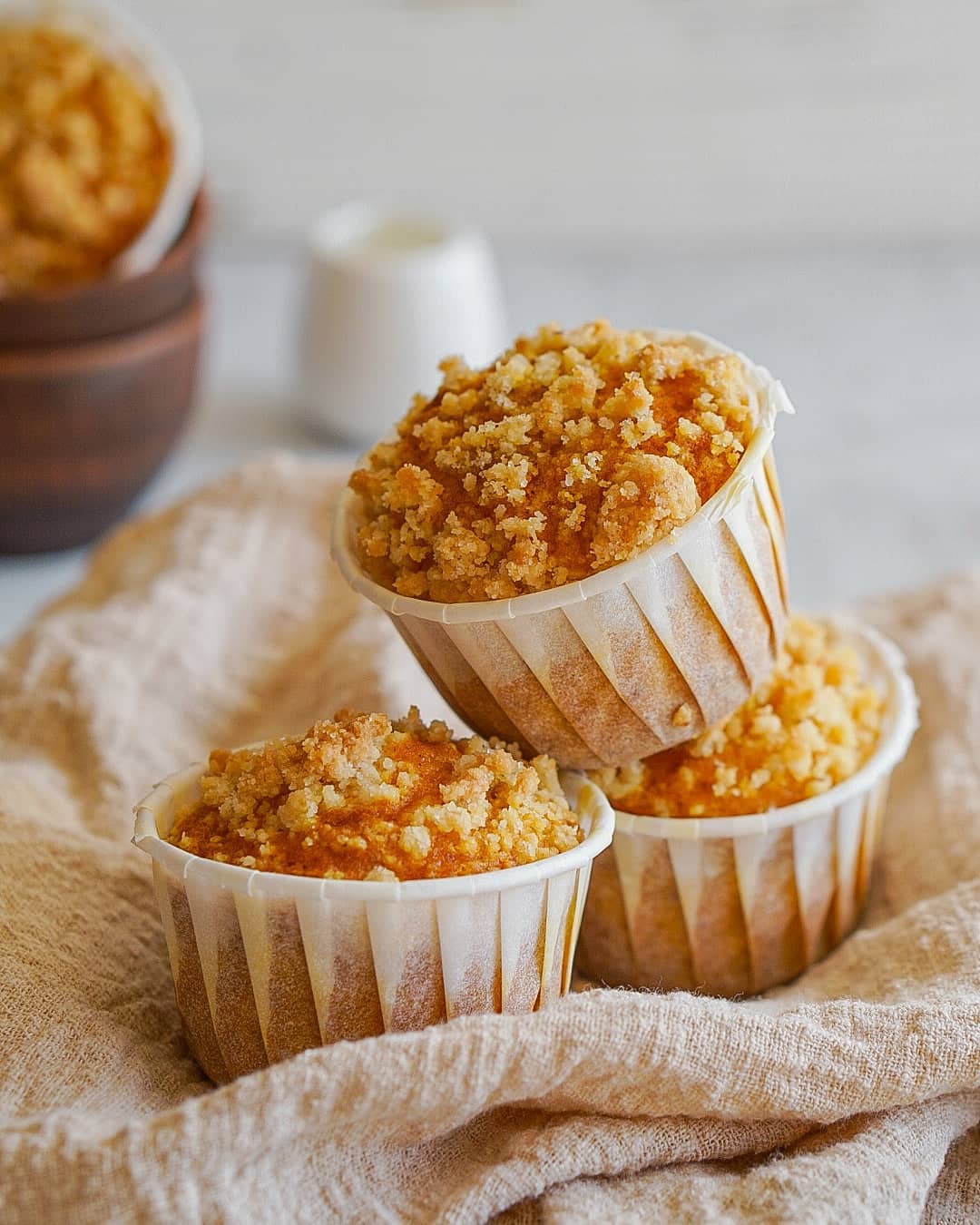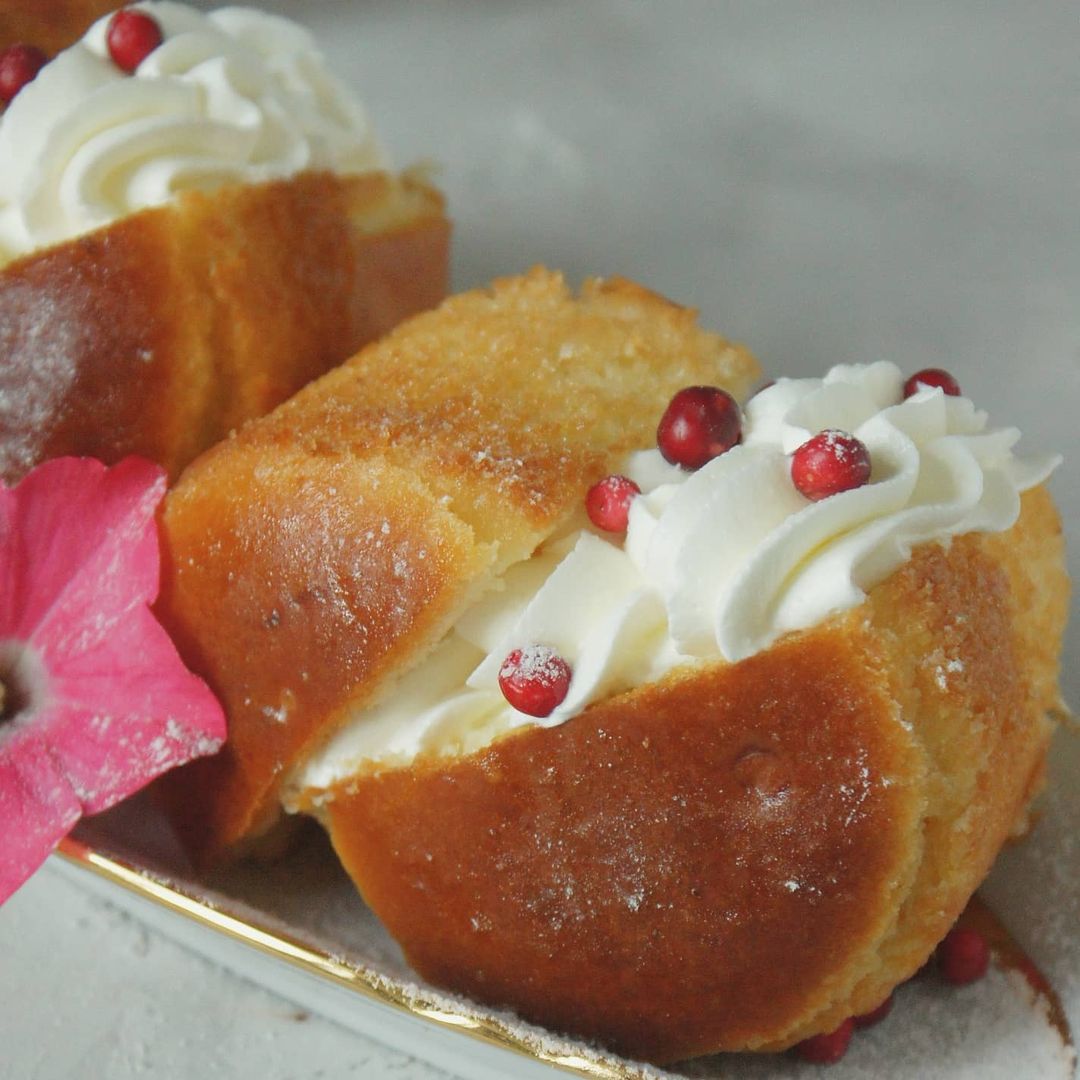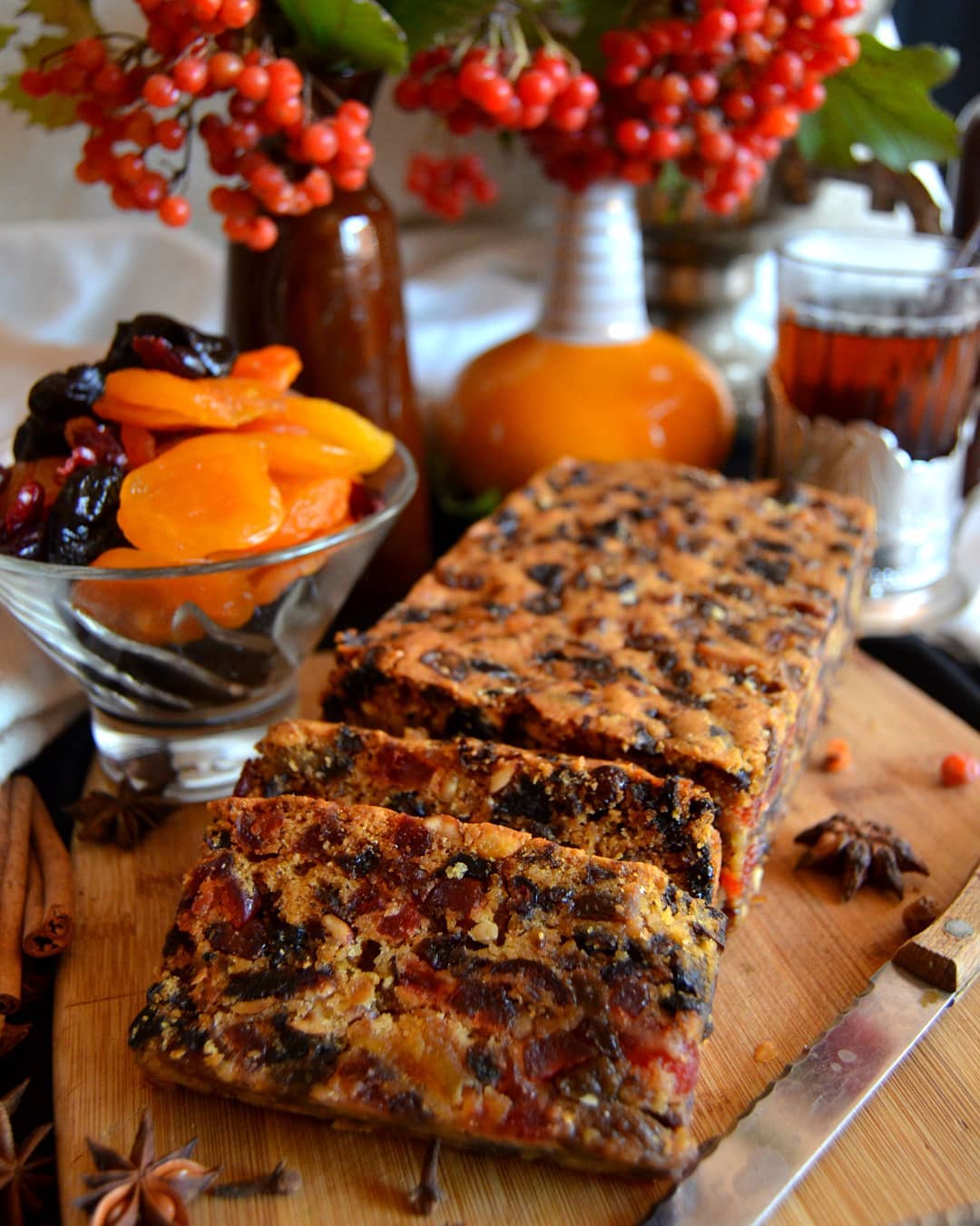Ingredients
Cheese Muffin
Instructions
Step 1
Step 2
Step 3
Step 4
Step 5
Step 6
Step 7
Step 8
Step 9
Step 10
Step 11
Step 12
Step 13
Step 14
Step 15
Servings
Equipment
A non-stick muffin pan will ensure your muffins come out effortlessly. If you don’t have one, use muffin liners to make removal and cleanup easier.
Having a set of mixing bowls of various sizes helps keep your ingredients organized. Stainless steel bowls are durable and easy to clean.
A fine grater will help you achieve the perfect cheese texture, which blends smoothly into the batter.
A sharp knife is essential for finely chopping your salmon fillet and onions. It will save time and make the task much easier.
A silicone spatula is perfect for mixing and stirring ingredients without scratching your bowls.
Variations
Faq
- Beginner: What type of cheese works best for this recipe?
Hard cheeses like cheddar, gouda, or parmesan work great as they melt well and add a rich flavor to the muffins.
- Beginner: Can I use canned salmon instead of fresh salmon fillet?
Yes, you can use canned salmon. Just make sure to drain and flake it before adding it to the mixture.
- Intermediate: Can I prepare the batter ahead of time?
It's best to bake the muffins immediately after preparing the batter to ensure they rise properly. However, you can prep the dry and wet ingredients separately and combine them just before baking.
- Intermediate: How can I add a bit of spice to these muffins?
Adding a pinch of cayenne pepper or some diced jalapeños to the batter will give the muffins a nice kick.
- Experienced: How can I make the muffins fluffier?
Be sure to sift the flour and baking powder together and avoid over-mixing the batter, which can make the muffins dense.
- Experienced: Can I use a different type of oil besides sunflower oil?
Yes, you can use other vegetable oils like olive oil or canola oil. Each will slightly alter the flavor, so choose according to your preference.

